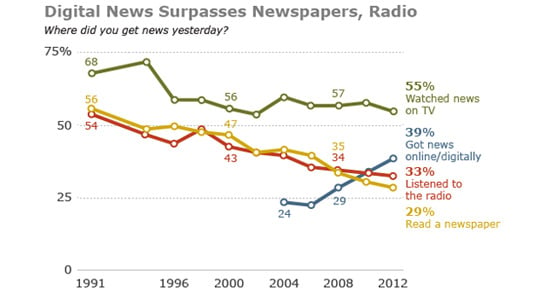Let me insert a short preface on sex, to make sure we're talking the same language. We understand that because something is popular or common doesn’t automatically make it natural, though it will only take its power from some urge that
is natural.
When a woman's eyes and body say "You could have me" she typically isn’t just communicating that she wants a romp in the hay. That's part of the message but trying to spell the rest out in words sounds clunky. Better go with Shakespeare, who wrote (Macbeth: Malcolm is being persuaded to be a king) about the many women who "will to greatness dedicate themselves." Twain complained that most women would rather have a fraction of a great man than a mediocre man all to themselves. The word "have" is key, and it isn’t symmetric.
The man's standard role in that relationship is partly that of protector/provider, which in our twisted-up world means women flock to the rich and powerful. But it also involves expressing something great: women notoriously flock to rock stars too, and to a lesser degree to other artists. (I've not noticed a lot of groupies around mathematicians, though. Perhaps those who can appreciate the more austere arts are more astute, and the more astute women look for great character.) The "you could have me" message is therefore very powerful, since it signals that I am great. Perhaps I'm great enough to have more than one!
I'm a little reluctant to try to describe what the woman's side is like ("sexist pig!") since I'm not a woman. Both sexes serve each other, so it isn't "service", 50 Shades of Grey's popularity to the contrary. FWIW the only people I've seen reading that book are women, so there's some female attraction to it; portraying some natural urge buried in the weeds somewhere that is distantly related to the attitude of the heroine to her master.
There are a lot of things in this world whose explanations don't speak of the power and nuance in the things. The word "home" could be explained as "the place I eat and sleep and am used to being comfortable" but think how much the explanation leaves out! So forgive me if I don't try to tease out a description of what that natural urge will be: it would mislead at best. Here be traps and monsters.
As "Shades of Grey" and the whole rest of the industry of porn prove, the natural can be buried far enough to be unrecognizable, especially when dressed in symbolism. For example if you know of pole dances, they're more symbolic than erotic--those aren't the gestures of a woman reaching for her man. (If you don't, don't go looking: you'll either be perplexed/revolted or enticed, and perhaps both--and you can't un-see a picture.)
End of preface.
We're in love with potential.
I don't just mean the way everybody loves babies. Babies have lots of potential, but they're also innocent people interacting here and now. I mean money. I mean hatred of commitment. And more.
Money is nothing but potential. Unless it gets used for something in the future it does nothing for me except serve as a scorecard for competition. It is important to have around: you want to be able to buy food tomorrow, and save a little potential so you can get more food when you're temporarily out of work. But we love some of that potential, don’t we?
A college freshman has the choice of many majors: lots of potential. You may have known someone who kept changing majors; never quite satisfied or perhaps afraid to commit the effort to succeed. After graduation, there's a wide choice of careers—and surely you know/knew someone who waited for the right job.
Can you point to someone who is waiting for "the perfect mate" and can't seem to choose anybody who is preferable to their current life of "potential?" Who's afraid to marry because somebody better might come along? Me too: not in my circle of friends but among my children's generation.
The young lady posing on the dock with the come-hither look communicates potential--a potential the wife fulfills; but the young lady catches the eye and the imagination anyway. (Not that the husband is dissatisfied; the attraction appeals, as pointed out in the preface, to masculine pride. And to possibilities.)
The "new and improved" calls out "potential!" This cereal might really be satisfying!
I wonder if those of us who have trouble starting (or perhaps finishing) projects have a similar niggling in the back of the mind: right now it is still full of potential, but when the paint is dry the blobs and nicks may not look so good.
Pop songs rejoice in young love. Lots of potential there. Some country songs speak of family and growing, but pop is pretty firmly in love with potential, and has been so for decades. ("With pen in hand," "Isn't she lovely," and "Tea for two" come to mind quickly as exceptions; so this isn’t 100%--but nearly. If the song isn't about new love it's about breakup; kids don't enter the picture.)
The fall TV lineups used to evoke excitement. The new shows sounded like they’d be wonderful. I remember that the anticipation was generally much better than the real shows. It is probably still the same but I'm out of touch.
Results take work and time, but potential is right there and we can dream of it any time--at least until it ages away.
Flowers for potential, fruit for fulfillment: we're a flower culture. Or at least we've a very large (and barren) flower sub-culture.


